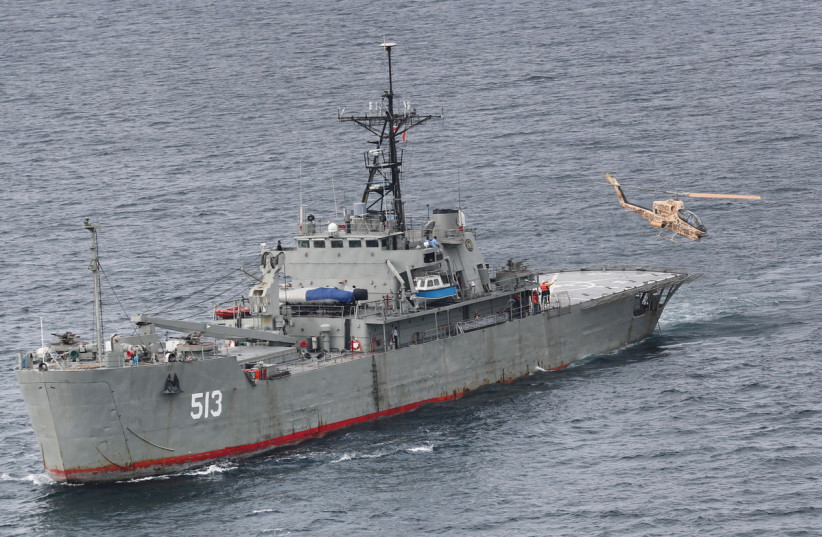The Iranian-backed Houthi rebel group appears to be increasing its influence through continued attacks on ships in the Red Sea. This is because the group has not been deterred, its attacks becoming increasingly deadly and more serious.
The Houthis began attacks in October, first against Israel, and followed up with attacks against international ships. Since then, they increased the range of the attacks and expanded the number of ships. The US, along with allies like the UK, have responded with airstrikes. Yet the Houthis continue to attack.
Last week, Iran, Russia, and China began a joint naval drill, which may influence the Houthis because Iran backs them and has refrained from attacking Iranian and Chinese vessels. The Houthis are thus part of a broader global shift in which Iran, Russia, and China work together and seek to reduce US power. The three countries also benefit from the wars in Gaza and Ukraine that Russia launched in 2022.
On March 16, between 7:50 a.m. and 8:15 a.m. (Sana’a time), United States Central Command (CENTCOM) says that “Iranian-backed Houthis launched two unmanned aerial vehicles (UAV) from Houthi-controlled areas of Yemen toward the Red Sea. CENTCOM forces successfully engaged and destroyed one UAV, and the other is presumed to have crashed into the Red Sea. There were no reports of damage or injuries from ships in the vicinity.”
More attacks followed in the evening. The US spotted unmanned surface vessels, or naval drones, and destroyed them. “It was determined these weapons presented an imminent threat to merchant vessels and US Navy ships in the region. These actions are taken to protect freedom of navigation and make international waters safer and more secure for US Navy and merchant vessels.”


Iran's secret talks and Houthi connections
Later reports claimed that Iran held secret indirect talks with the US in Oman. The Americans want Iran to reduce the Houthi attacks; Iran wants a ceasefire in Gaza to save Hamas. This would make it appear the Houthi threats have succeeded by creating a new front. Now, if Iran agrees to reduce the Houthi attacks, it gets a quid-pro-quo, a win for Iran and the Houthis.
Iran can then operationalize them again when it wants to wring concessions. A different report said that the Houthis met with Palestinian terrorist groups, including Hamas, Palestinian Islamic Jihad, and the PFLP. The Houthis said in the past they already had a “joint operations” room in Yemen back in late October, so this coordination is not entirely new. However, the reports about it show how the Houthis have regional pretensions for power.
Al-Ain media in the UAE reported over the weekend about American desire to stop arms smuggling to Yemen, arms that fuel the violence, and originate in Iranian ports, like Bandar Jask; Al-Ain’s focus on the issue only highlights how important it is.
A different report over the weekend suggested that Iran is using European ports to smuggle weapons to Hezbollah. While this isn’t directly related to the Houthis, it is related to oceangoing vessels and cargo, part of the broader Iranian naval strategy that ties back to the Houthis, smuggling the arms to them, along with the naval drill with Russia and China. All of this gives the Houthis more leverage after five months of war in Gaza.
